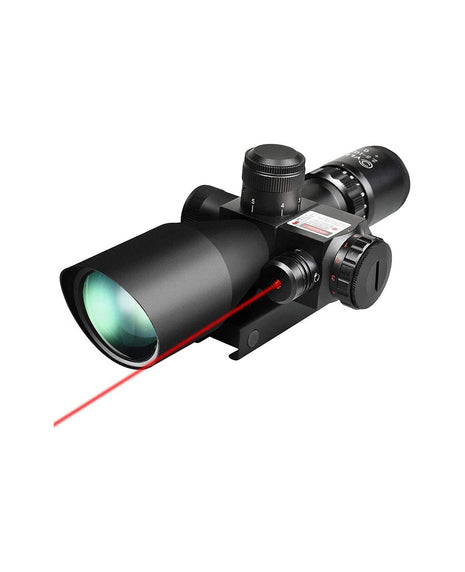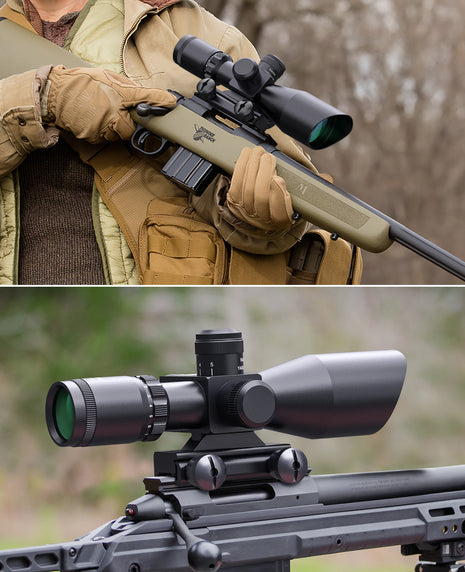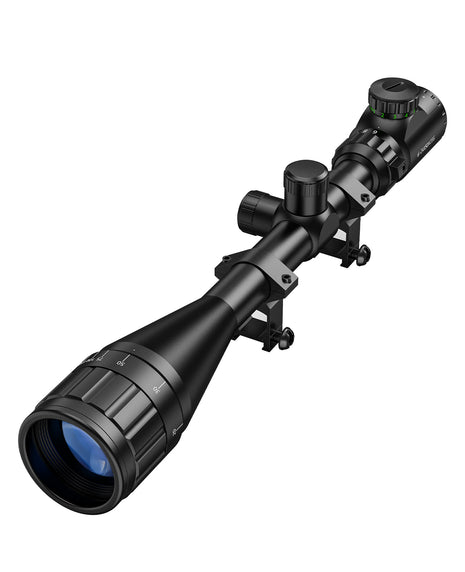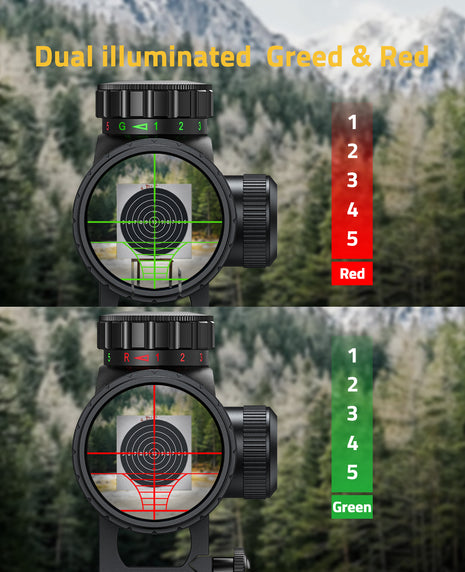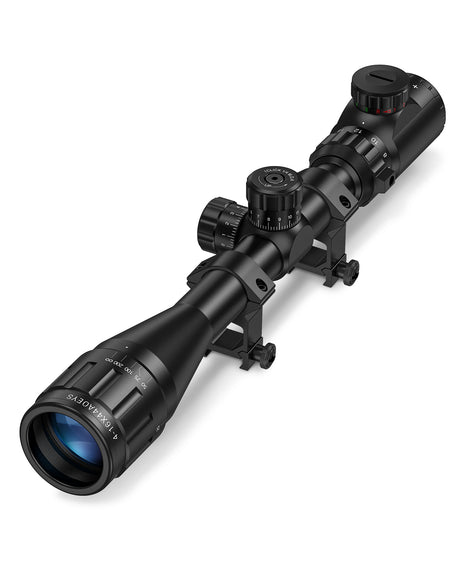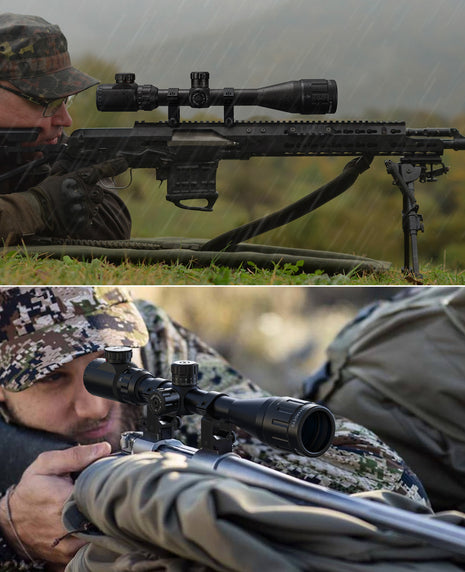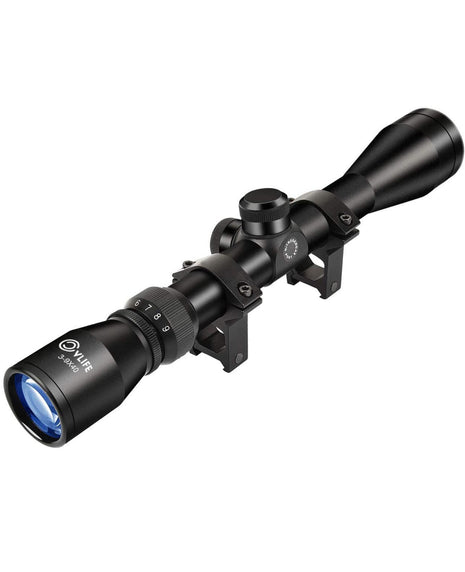Snow Hunting Guide: Challenges and Equipment Essentials
- 8 min reading time
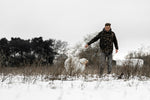
Snow Hunting Guide: Challenges and Equipment Essentials | CVLIFE
Snow hunting offers a thrilling mix of serene beauty and high-stakes action. Whether you're a seasoned hunter or new to hunting in winter conditions, snow-covered landscapes come with distinct advantages and unique challenges. Here’s an in-depth guide to mastering the art of snow hunting, complete with specific equipment recommendations and proven techniques for tracking game in icy terrains.
Advantages of Snow Hunting
1. Enhanced Tracking in Snow
One of the greatest advantages of snow hunting is how clearly animal tracks and trails show up in fresh powder. You’ll see every step, scrape, and scat left behind, which can reveal a lot about the animal’s behavior, age, and movement patterns. For example, in deeper snow, a deer’s tracks will show an impression of the legs, with deeper, irregular patterns if the deer is moving quickly or in distress. This tracking ability can be particularly useful when pursuing animals like deer or elk.
Scenario:
Imagine tracking a deer in a densely forested area. In summer, mud or leaves can obscure tracks, but snow clearly reveals every detail, including whether the animal stopped to graze or moved at high speed. You follow the fresh, crisp track of a buck heading up a slight incline, taking note of how the hoof marks change direction near a tree, indicating that it might be feeding on nearby saplings.
2. Improved Visibility of Game
With everything blanketed in white, animals' natural coloration contrasts sharply, making them easier to spot from a distance. The clear outline of animals like deer, elk, or wolves in snowy landscapes can give you the edge you need to make an accurate shot.
Scenario:
A seasoned hunter spots a lone elk across a snowy valley, the animal’s brown coat and antlers stark against the bright white snow. Thanks to this contrast, the hunter can observe the elk’s behavior, calculate the distance more accurately, and choose an optimal approach without risking detection.

Challenges of Snow Hunting
1. Managing Extreme Cold
Hypothermia and frostbite are serious risks in snow hunting. Without the right equipment, you can quickly lose body heat, leading to discomfort and potential injury. Wearing moisture-wicking base layers, followed by insulating layers and a waterproof outer layer, is key.
Detailed Technique:
Consider a layering system: a merino wool base layer for warmth and moisture control, a fleece or down mid-layer for insulation, and a waterproof shell to protect from snow and wind. Always bring an extra pair of gloves and socks to prevent frostbite in case your current set becomes wet.
2. Navigating Through Deep Snow and Ice
Deep snow can slow you down, and icy patches can lead to falls or injuries. Learning how to step carefully, use snowshoes, and wear crampons on icy terrain can be game-changers in the field.
Scenario:
A hunter ventures out at dawn in waist-deep snow, struggling to make headway. They equip snowshoes, which spread their weight across the snow's surface, and make their way more efficiently. As they approach a ridge with icy sections, they switch to crampons to improve traction and stability on the frozen ground.
3. Encountering Less Active Game
In winter, animals often conserve energy by moving less and sheltering in specific areas. This can make finding them challenging. However, understanding seasonal food sources and sheltering habits can help pinpoint likely locations.
Pro Tip:
Focus your hunt near water sources that don’t freeze over, as animals often rely on these areas for hydration. Also, check dense forested regions or hillsides, where game can take shelter from harsh winds.
Tracking Tips in Snow
1. Track Freshness and Direction
Fresh tracks have sharp edges and compact snow, while older tracks appear softer as snow melts or refreezes. Track direction by noting the placement of hooves or paw pads—game animals typically point forward in the direction they’re moving, while scattered tracks might indicate they sensed danger.
Advanced Tip:
Assess track depth and stride length. For example, a longer stride and deeper prints suggest a running animal, likely in flight. A shorter, consistent stride may indicate a calm, grazing animal.
2. Distinguish Between Different Game Tracks
Different animals leave unique tracks. Deer tracks are cloven with two distinct hooves, while elk tracks are similar but larger. In contrast, wolves leave prints with four distinct toes and claw marks. Learning these differences helps you identify the game you’re after.
Scenario:
While hunting, a hunter notices tracks with a sharp, distinct split and large print size. They identify these as elk tracks, knowing they’re on the right path to their target.

Essential Equipment for Snow Hunting
Snow Camouflage Gear
Snow camouflage is more than just white clothing—it’s designed to blend seamlessly with snowy surroundings, often with subtle grays or greens to mimic the winter environment. Choose gear that includes insulated and waterproof features to keep warm and dry.
Example Gear List:
- White or gray camo jacket with thermal insulation
- Waterproof snow pants
- Insulated balaclava and gloves
Waterproof Boots and Thick Socks
Warm, waterproof boots are essential to keep feet dry in snow. Look for boots with an insulation rating for sub-zero temperatures, and pair them with moisture-wicking wool socks that retain heat.
Pro Tip:
Bring extra socks to prevent discomfort in case the first pair becomes damp. Double-layered socks or foot warmers can be a lifesaver on exceptionally cold days.
Polarized Sunglasses or Goggles
Snow can cause severe glare, which impairs vision and strains the eyes. Polarized sunglasses or snow goggles are essential for blocking out this glare while providing UV protection.
Portable Hand and Foot Warmers
Disposable hand and foot warmers are compact and inexpensive yet provide hours of extra warmth. In extreme cold, these can make all the difference, keeping extremities warm and functional.
High-Powered Binoculars
Spotting game from a distance is crucial in snow hunting. High-powered binoculars help you survey the terrain for animals without disturbing the area. Look for models with good magnification and a wide field of view to cover more ground effectively.
Recommended Specs:
- 10x magnification for distant game
- Weatherproof and anti-fog lenses
- Rubber armor for grip in cold, wet conditions

Safety Precautions for Snow Hunting
Safety in snow hunting should never be overlooked.
1. Use a GPS or Compass
Snow-covered terrain can be deceiving, and landmarks may become obscured. Carry a GPS device or a reliable compass and map as backup, ensuring you can always find your way back to camp.
2. Inform Others of Your Hunting Location
Before setting out, share your location and expected return time with a friend or family member. This precaution could prove life-saving in case of unexpected events or getting lost.
3. Pack Emergency Supplies
Bring a small survival kit with essentials like a thermal blanket, first-aid items, a fire starter, and a flashlight. Hypothermia and frostbite are real dangers, so these supplies are critical for emergencies.
Snow hunting is undoubtedly a difficult and fulfilling activity.In order to find the prey in this pure white cold world, the choice of equipment and the use of skills are especially critical.Appropriate warm equipment, practical snow tools and precise observation methods can greatly enhance the efficiency and safety of hunting.Despite the trials and tribulations of snow hunting, as long as you master the skills and are prepared, this white world of snow and ice will bring you unrivalled harvest and satisfaction.
Frequently Asked Questions (FAQ)
Q: How can I track animals effectively in the snow?
A: Look for fresh tracks with sharp edges. Observing patterns, such as direct or scattered movements, can also indicate whether the animal is relaxed or alarmed.
Q: What type of clothing is best for snow hunting?
A: Multi-layer clothing with waterproof outer layers, insulating mid-layers, and thermal inner layers work best for snow hunting to ensure warmth, comfort, and protection.
Q: Is it necessary to use a scope in snowy conditions?
A: Yes, a high-quality scope can greatly enhance your ability to spot animals from a distance. Consider a reliable option for snow hunting here.
Tags
You May Also Like
Blogs & News
-

, by C V What Makes Motion Awake Red Dot Sights Unique
-
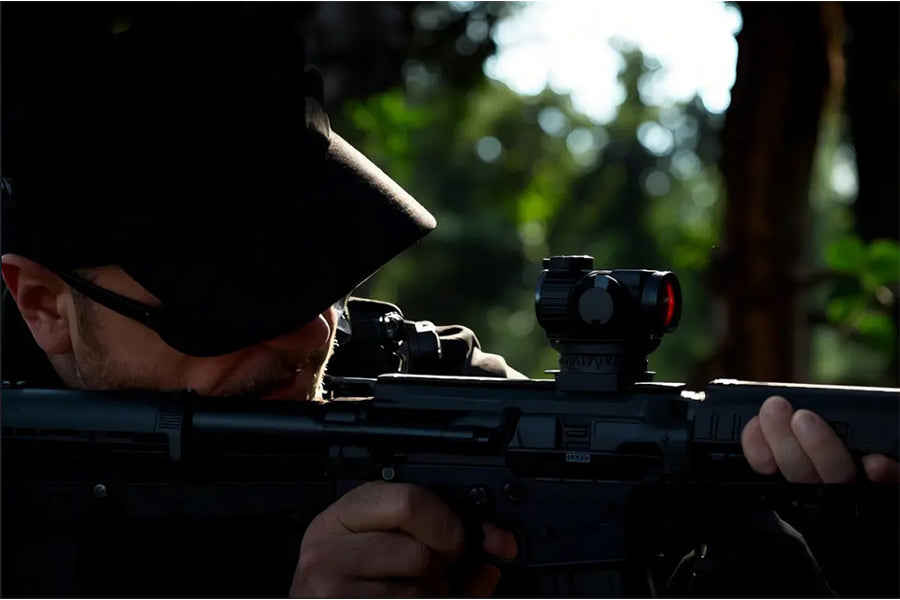
, by C V Best Motion Awake 2 MOA Red Dot for AR-15 Home Security
-

, by C V LPVO vs. Holographic Sight for AR-15 Home Defense
-

, by C V How to Set Up Co-Witness Sights on AR-15

